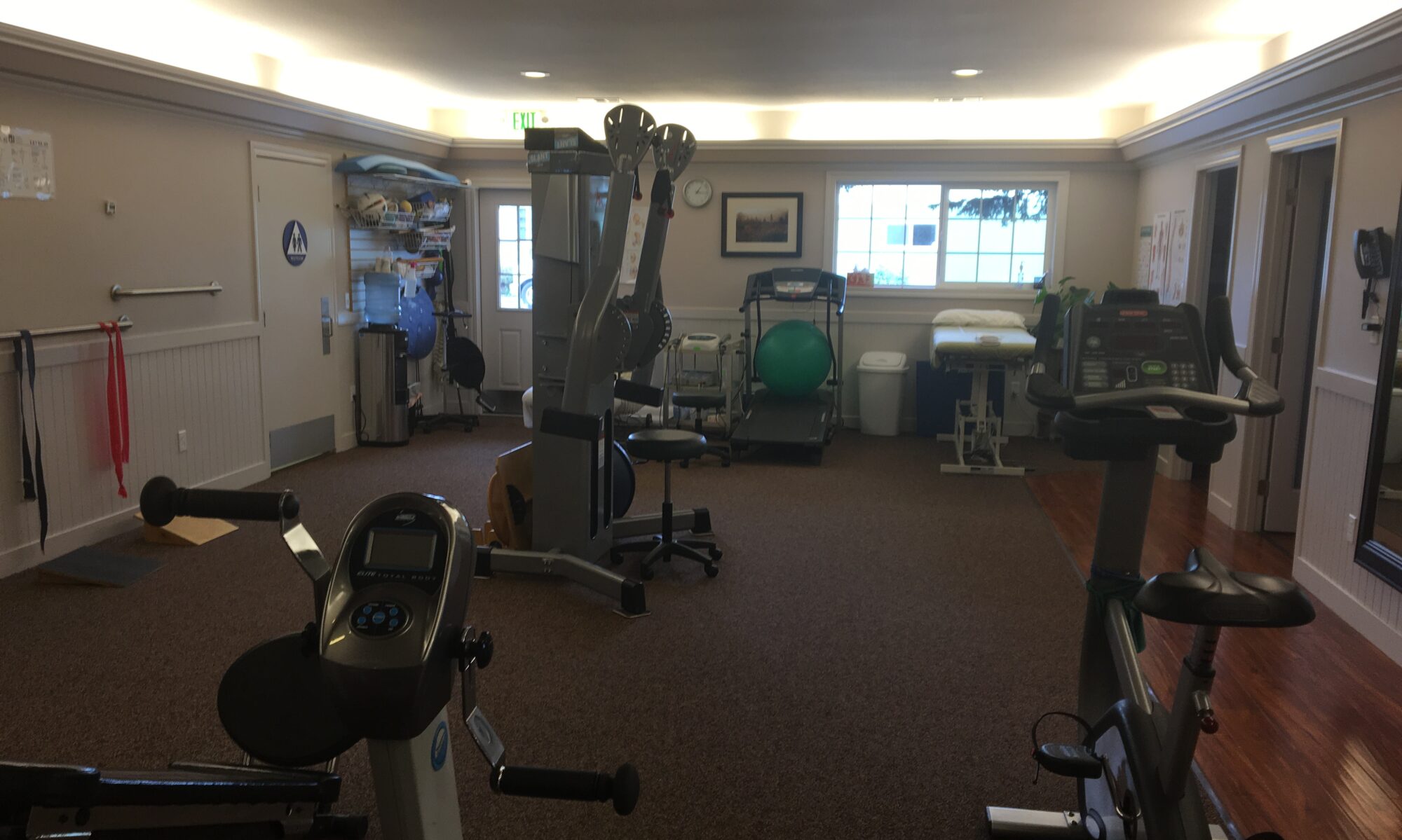Young athletes can suffer with several different growth plate disorders associated with running and jumping in a particular sport. Soccer and basketball players who put on either miles of running in cleats or running and jumping on hardwood floors top the list of most commonly affected by these diagnoses. This article will summarize the three most common “growing pains” syndromes associated with young athletes.
Sever’s Disease – Calcaneal Apophysitis
Athletes 9 to 14 years old who are experiencing increased heel pain may have Sever’s disease (not truly a disease) or commonly referred to as calcaneal apophysitis. Any sudden increase in running and/or jumping can cause irritation to the growth plate in the calcaneus (heel bone). This presents with significant heel pain, usually where the Achilles inserts into the calcaneus. Sometimes pain can run under the bottom of the heel as well. Athletes complain of generalized heel pain with running and jumping and often have a limp with walking. Low grade localized swelling may be present at the heel, again where the Achilles inserts into the calcaneus. Typical cause of Sever’s calcaneal apophysitis is the length of the muscles not keeping up with bone growth. During growth spurts bones get longer and strong muscles and tendons lag behind in length. Combined with running and jumping, this creates significant tugging where the muscle’s tendon inserts into the bone close to the growth plate causing bone irritation and pain.
Treatment of Sever’s disease includes rest, stretching of gastroc and soleus musculature (calf muscles), massage and icing. A comprehensive evaluation of weightbearing foot posture is important as improper foot mechanics can lead to increased stress at the heel. Orthotics make sure a young athlete’s foot is in the correct heel and arch and position. With rest, stretching, icing and proper foot wear and orthotic, the athlete will totally recover and returned to their sport. If pushed and not treated, this can continue to be painful until the athlete takes a couple of months off to rest.
Osgood-Schlatter’s Disease
One of the most common causes of knee pain in young athletes is OsgoodSchlatter’s disease – another stress to growth plate caused by tight muscles pulling at growing bones. With increased running and jumping, the insertion of the patellar tendon tugs at or near the growth plate on the top front of the shin bone – the anterior tibial plateau. The bone gets inflamed and irritated, sometimes responding by putting down more calcium deposits which is why at times we see an enlarged hardened growth where the patellar tendon inserts into the shin bone. Athletes complain of anterior knee pain with running, jumping, climbing and descending stairs. Treatment consists of rest, stretching of quadriceps muscles, massage and icing. They do make knee braces for this diagnosis which have moderate success. The knee brace applies pressure to the patellar tendon which decreases the pull of the tendon on the bone allowing a better chance for healing. Again, this diagnosis can drag on for months if not rested and treated.
Sinding-Larsen-Johansson Syndrome
Similar to Osgood-Schlatter’s, this growing pains diagnosis affects the knee. With Sinding-LarsenJohansson syndrome the patella (kneecap) itself is painful. The kneecap is painful to touch, the athlete complains of anterior knee pain with running, jumping, stairs and squatting. Lengthening of the quadriceps muscle is imperative to decrease the tugging on the patellar tendon’s insertion into the kneecap. This diagnosis, as with the previous two, is caused by short muscles pulling on growing bones causing irritation to the bone itself. Treatment is the same: rest, stretch, massage, ice. Knee braces can be of some help to decrease tugging of the tendon on the bone.
All three of these diagnoses cause irritation and inflammation to the bone. Rest, stretching, icing, proper foot wear and a healthy diet of natural antioxidant anti-inflammatories will help return the young athlete to their sport. Continued treatment and slow progression into a strengthening program of all adjacent musculature after symptoms are at least 80% resolved helps to prevent recurrence of these “growing pains” syndromes.
To Download PDF Click Here Growin pain newsletter4.2015
